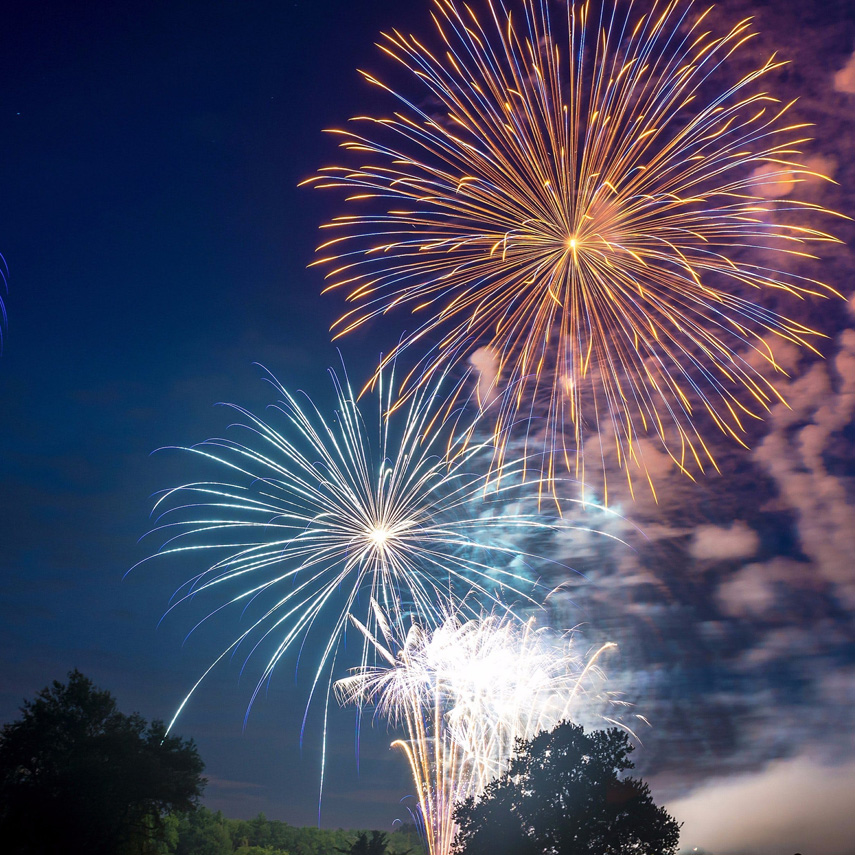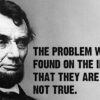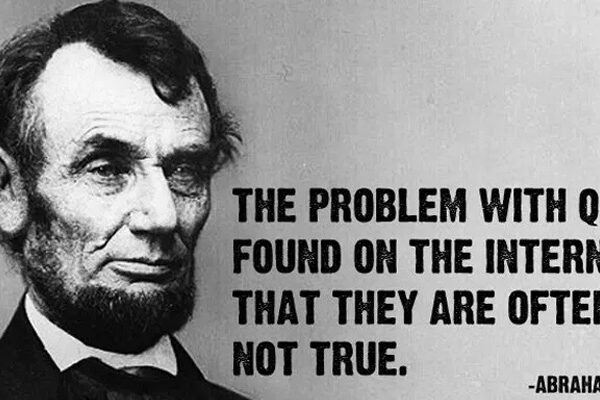 Monsters are some of the funnest things to read about in fiction, they have a certain quality of mystique and wonder, or even horror, as they formulate in the mind of a reader. Monsters help with the fundamental part of a book that requires a lot of world building, and that is immersion. When you can get your reader properly immersed into a world, and make them feel as if they are a part of the journey, then you have done your job as a writer correctly. Monsters provide a deeper lore to your world, something that shows the wilder side of your world. But before your creature can even be imagined by the mind of someone else you have to create it, which can be tough at times, but that’s why we’re here, to help you in your monstrous endeavors. And now, before the Dardrinaks get us, we must go on with the article!
Monsters are some of the funnest things to read about in fiction, they have a certain quality of mystique and wonder, or even horror, as they formulate in the mind of a reader. Monsters help with the fundamental part of a book that requires a lot of world building, and that is immersion. When you can get your reader properly immersed into a world, and make them feel as if they are a part of the journey, then you have done your job as a writer correctly. Monsters provide a deeper lore to your world, something that shows the wilder side of your world. But before your creature can even be imagined by the mind of someone else you have to create it, which can be tough at times, but that’s why we’re here, to help you in your monstrous endeavors. And now, before the Dardrinaks get us, we must go on with the article!
The first thing to take into account for your monster is their intent in the story. If you are planning on having a scary, suspenseful story where the creatures lurk just beyond view, then you probably want to create something that can embody the fears and emotions of your characters. Your story could take a completely different turn and be a high-energy, action-packed, thriller, where the monsters are nothing but obstacles to stand in the way of a greater goal. In this intent your monsters can be more fun and colorful, allowing for a brighter look at the dangers of monsters and getting over them. Maybe like How to Train Your Dragon you want your monsters to be misunderstood beings that have been vilified and treated as scum, in that case you want to create something scary enough to be seen as a threat, but given further context you can see these creatures in an entirely new way. You could have a story set in space with all kinds of wonderful creatures that would never manage to form within our earthly boundaries, so you could have something that shows the utter bizarre nature of everything beyond us, but yet conveys the wonder that we all imagine. But of course these are just some rudimentary words to help give you an idea of what you could use, you need something more specific to help you formulate your beasts.
I’m sure most of us are well acquainted with science in one way or another, whether it be that boring class in school or something you just have a mild interest in, maybe you’re even a scientist, we don’t know, the point is that you can take the basics of what you know and apply them to your creature, cool? Cool. There are lines set in place for each creature in our own world that if you apply to your world building could supply an anchor point for your reader to use to create the start of an image in their head. Some of these lines to keep in mind is the habitat of your creature, if it exists underwater you need to give it some properties that could show how it interacts with it’s unique environment, like a streamlined body, flippers, gills, but of course none of this is required. Another is food, what do they eat, this actually effects a lot of creatures behaviors, it could also change how they feel in a story, carnivores give off a more dangerous vibe, while herbivores are usually docile and serene. You could of course also throw these constructs around and throw the reader for a spin, that if played right could be quite entertaining. Another parameter is how does it interact with creatures of the same species, and other beings (like humans). Determining if it acts aggressively gives the reader a sense of fear for whoever is portrayed as facing it, and if it is a generally peaceful creature then it can come across as sort of mystical and sage-like. But of course there is also reason to go beyond these basic guidelines, such as if you have set up something that would allow a creature to do inexplicable things.
 If you have set up something, like say a magic system or scientific technology, that allows creatures to do strange and unusual things then you have completely different challenges to face in the creation of a creature. One such challenge is creating that magic system or technology before having the creature exist, and another is creating new guidelines for yourself that you should try and catalogue for all of your creatures. One of these guidelines could be amount of magical power, like if one creature can perform more magic than another. What matters here the most is conveying this brand new information to the reader in a way that makes sense, and doesn’t make them go, “What?” and instead go, “Wow!” and this can be very difficult, but one way you could prepare them is by introducing them to smaller tier stuff then building up to the larger stuff, essentially making them suspend their disbelief, and get lost in the story your making.
If you have set up something, like say a magic system or scientific technology, that allows creatures to do strange and unusual things then you have completely different challenges to face in the creation of a creature. One such challenge is creating that magic system or technology before having the creature exist, and another is creating new guidelines for yourself that you should try and catalogue for all of your creatures. One of these guidelines could be amount of magical power, like if one creature can perform more magic than another. What matters here the most is conveying this brand new information to the reader in a way that makes sense, and doesn’t make them go, “What?” and instead go, “Wow!” and this can be very difficult, but one way you could prepare them is by introducing them to smaller tier stuff then building up to the larger stuff, essentially making them suspend their disbelief, and get lost in the story your making.
As soon as you’ve got the essential parts of what you need for a story and the possible limitations that you could run into are prepared then you are ready to start creating your monster. We suggest that you write down all the details of you creature in a journal or online document, or just somewhere you can return and view it again. In your notes on the creature you want to be essentially like a scientist writing notes down on a new species they’ve found, you want to write down about all of the important qualities of the creature, and also list some of the parameters we gave you earlier. But you don’t want to go to far into the lore of every creature you create, just like you don’t want to go to far into the lore of a character that appears for only a small time in your project, you have to give the things that are the most essential for your story the most attention. It is of course fine to go into more detail on creatures later, but if you do it all in the beginning, well, the story will never be ready and you’ll just have a large list of cool monsters that were never shown to the public.
Also quick side note, if you are having trouble coming up with a creature to base yours off of, you could google up anything along the lines of “animal symbols” and find lists of what animals represent in multiple cultures, then you can find what you want your creature to represent and base it off that animal.
 After you’ve completed all of the notes that you think you need on your creature you can start getting a little bit more creative and fun. For those of you who are artistically inclined you could start creating some awesome diagrams of your creatures, showing off your creature in a more physical and visible sense. But even for those who aren’t that good at drawing we suggest that you try and just get your little scribble on paper, it is always good to have a physical reference for something, and also remember that if you are able to explain your creature well in writing, people will be able to create fan art of the creature for you. But in order for that to work you need to be able to properly describe your monster to the reader. We usually put into practice writing down the descriptions on a separate document/paper, but we do this with no context and just trying to write it as detailed as we can, but keep in mind that some details will come in later, if the monster remains in your story that is, otherwise try and get as much as the vital information across. Once you have that basic, but also detailed, description of your monster down somewhere you can start adding it into your story. What you have to keep in mind however is how your characters are viewing this creature, and more specifically how the main character views it. If the character is scared of this monster then you want to give the details that make it look the most menacing, if it looks cute you need to show the cute details. Also keep in context the world, if your character is comparing the creature to a horse, and horses don’t exactly exist in this world then that’s a bit of an issue. You want to make sure that what details you give make sense for the lens they are being told through.
After you’ve completed all of the notes that you think you need on your creature you can start getting a little bit more creative and fun. For those of you who are artistically inclined you could start creating some awesome diagrams of your creatures, showing off your creature in a more physical and visible sense. But even for those who aren’t that good at drawing we suggest that you try and just get your little scribble on paper, it is always good to have a physical reference for something, and also remember that if you are able to explain your creature well in writing, people will be able to create fan art of the creature for you. But in order for that to work you need to be able to properly describe your monster to the reader. We usually put into practice writing down the descriptions on a separate document/paper, but we do this with no context and just trying to write it as detailed as we can, but keep in mind that some details will come in later, if the monster remains in your story that is, otherwise try and get as much as the vital information across. Once you have that basic, but also detailed, description of your monster down somewhere you can start adding it into your story. What you have to keep in mind however is how your characters are viewing this creature, and more specifically how the main character views it. If the character is scared of this monster then you want to give the details that make it look the most menacing, if it looks cute you need to show the cute details. Also keep in context the world, if your character is comparing the creature to a horse, and horses don’t exactly exist in this world then that’s a bit of an issue. You want to make sure that what details you give make sense for the lens they are being told through.
We could talk for many pages on the intricacies of creating a monster, but we think we gave you the general spiel on what matters. We want to leave you with the most creative liberties, and so we just wanted to remind you that this is all suggestion, you do not need to adhere to every drop of what we say, rather take in what makes the most sense to you, and what you think will truly improve your writing. Thanks for reading, now go and write. Hope you enjoyed, have a great day/night. See you next week!







